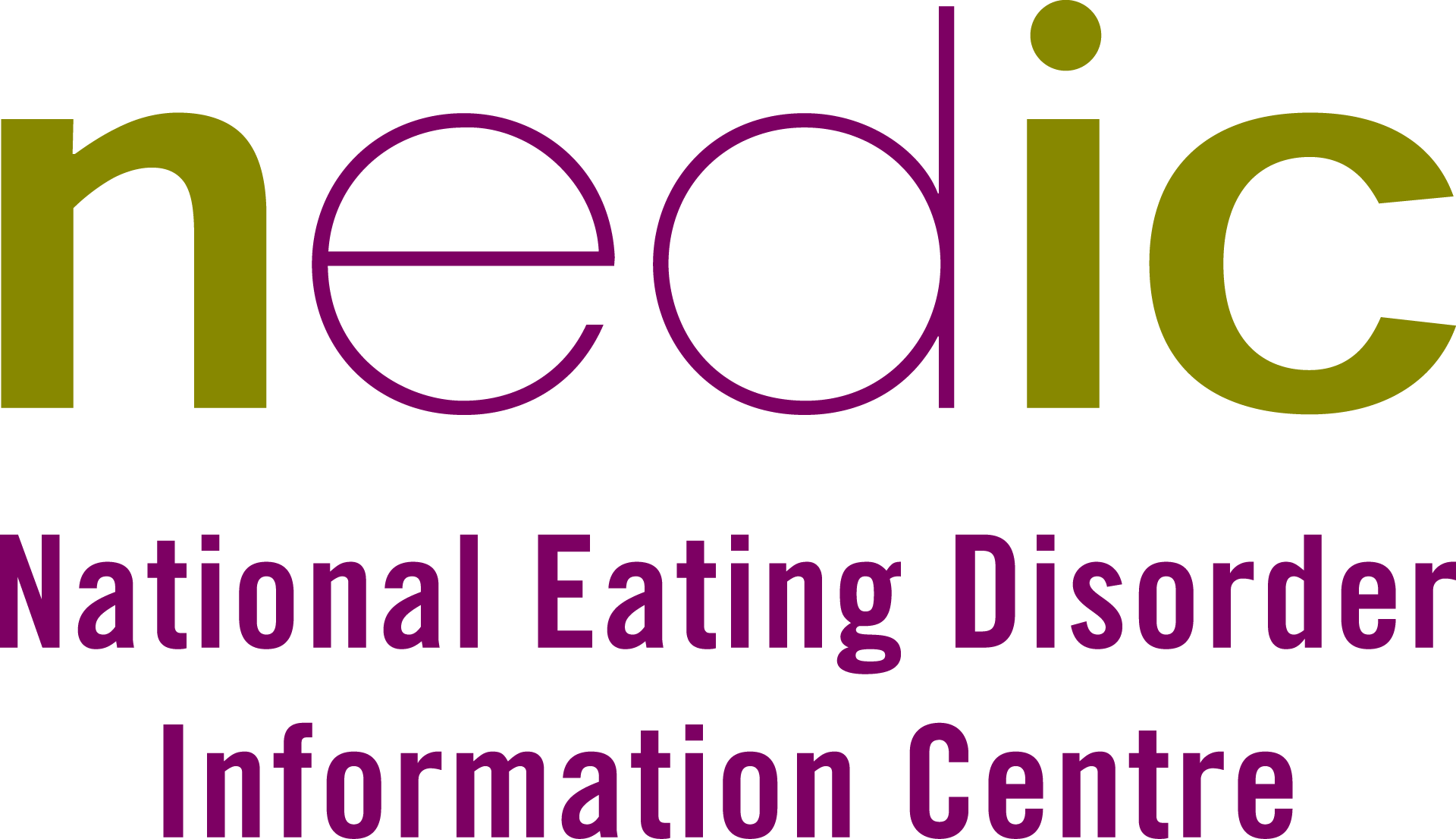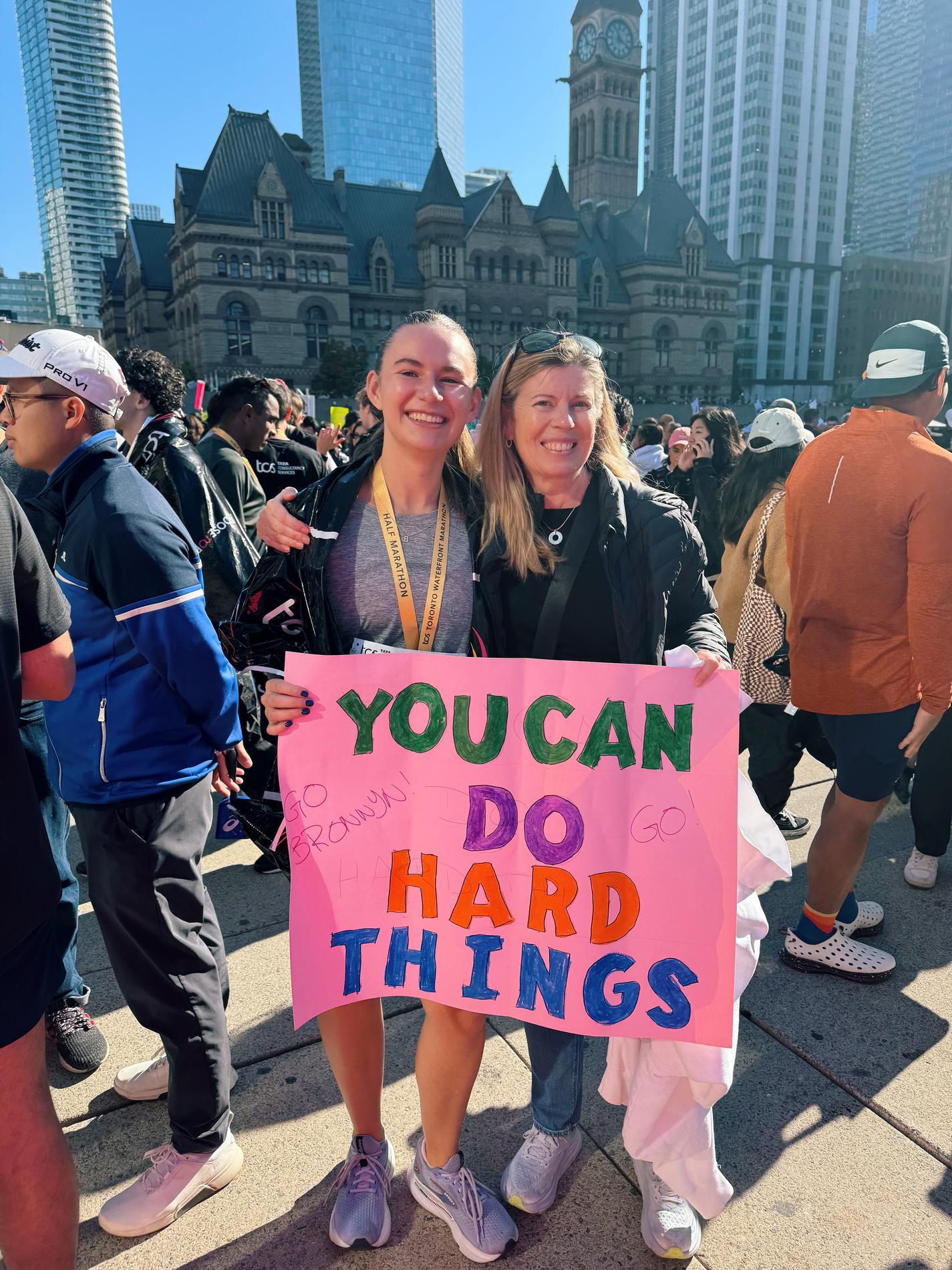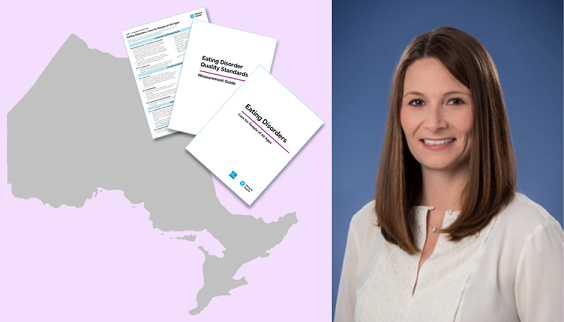
Bronwyn Black
July 9, 2025, 3:47 p.m.

At 13 years old, I went to my doctor alone, concerned about the all-consuming fixation on food and weight that had started to overtake my life. After a brief discussion, reinforcement that people often “grow out of these things,” and a recommendation for iron supplements, I was sent on my way. Over 10 years later, I found myself 23 years old, strapped to an ECG machine, feeling hopeless and frustrated by my inability to overcome this battle. The 10 years between those medical visits were marked by constant cycles of restriction, food noise and self-doubt. Despite all this, I never qualified for the official diagnostic criteria of an eating disorder or the medical treatment that comes with one (if you’re able to make it off a waitlist). The flawed gatekeeping of an eating disorder diagnosis, especially a reliance on BMI, caused me years of pain, isolation, and medical complications. This story is not unique, and that is the problem.
A common struggle among those battling an eating disorder is the notion of being 'sick enough', a misguided belief that help should only be sought after crossing an arbitrary threshold. There is no sick enough. There is no perfect number or measure to define one’s struggles as valid. But how do we validate this when the systems we turn to for care don’t know how to recognize sickness beyond the black-and-white guidelines of a manual? When we turn away those who are at their most vulnerable, begging for help yet still somehow unable to receive it?
Before we start asking how to fix this broken system, perhaps we need to pause and ask: how did we get here? What systems and structures shaped a world where people reaching out for help are so often turned away? Eating disorder diagnoses are outdated, rigid, and don’t reflect the 94% of individuals experiencing eating disorders who are not medically underweight.1 Yet, the DSM-5 criteria for Anorexia Nervosa assign this diagnosis based on a ‘significantly low body weight’, utilizing the BMI scale to measure severity.2
The BMI scale, a key barrier to accessing care for people with eating disorders, was never meant to measure individual health in the first place. Instead, it was developed by a statistician in the 1830s to assess population-level weight distribution by measuring the weights and heights of army conscripts. It wasn’t until the 1940s that this scale was adopted as a measure of health by insurance companies, who found it to be a quick and easy way to calculate premiums.3 BMI was created as a measure of population-level statistics, not health, and its misuse in clinical diagnoses has dangerous consequences at both the population and individual levels.
While the history of BMI sheds light on its relevance, or lack thereof, in this space, system-level factors perpetuate gatekeeping in the healthcare system. A lack of clinician training on recognizing, diagnosing, and treating eating disorders, recognized by physicians themselves who expressed concerns about managing and accessing eating disorder care for their patients, further complicates this problematic context.4
Delayed eating disorder diagnosis due to a lack of adequate resources and training has long-term systemic implications beyond the escalation of symptoms, physical and mental health consequences, and delayed access to care faced by the individual suffering. A reliance on downstream treatment rather than early intervention increases the cost and the level of individual effort needed, while decreasing the population impact.5
Failure to diagnose, medical gatekeeping, and a failure to provide help to those who need it are symptoms of a broken system, not a problem that cannot be remedied. Medical professionals need comprehensive eating disorder training and education that teaches them how to understand and diagnose these disorders beyond just looking at one’s weight. A diagnostic reform accounting for the psychological, behavioural and functional signs of eating disorders, not just weight and BMI will foster a greater understanding of the complex ways an eating disorder impacts a person’s body and life beyond weight loss, while increasing the number of individuals who can access the services they both deserve and need. These changes encourage a call to empathy, where healthcare workers shift from validating suffering by metrics to validating the person in front of them.
What I didn’t understand at the young age of 13 was that I was not the problem, and the situation could not be remedied by achieving the arbitrary notion of ‘sick enough’. The problem was a system that inadequately trains healthcare providers to diagnose eating disorders, unaware of the need for screening in those who are not medically underweight, of the diagnostic tests required to assess the health status of patients with these disorders, or of the possibility that a patient can be struggling even in the presence of ‘normal’ blood work.6 While I have found myself wondering if things could have gone differently if my struggles were adequately validated and addressed at 13, I have come to realize that what is important is not what happened but how we move forward. To anyone struggling, I urge you to remember that you do not need to hit rock bottom, fit a mould, or meet a specific criterion to be worthy of help. Your struggles are valid, and you deserve help and support. To our healthcare providers, system, and everyone working in this space, let’s stop asking, ‘Are you sick enough?’ and start asking, ‘How can I help you heal?’ because every person deserves treatment, compassion, and support to move towards recovery.
Bronwyn Black is a Master of Public Health Candidate at Western University, and a current NEDIC placement student.
References
1. Flament MF, Henderson K, Buchholz A, et al. Weight Status and DSM-5 Diagnoses of Eating Disorders in Adolescents From the Community. J Am Acad Child Adolesc Psychiatry. 2015;54(5):403-411.e2. doi:10.1016/j.jaac.2015.01.020
2. Diagnostic and Statistical Manual of Mental Disorders (5th Ed.). American Psychiatric Association; 2013.
3. Oliver JE. Fat Politics: The Real Story behind America’s Obesity Epidemic. University Press; 2006.
4. Tse A, Xavier S, Trollope-Kumar K, Agarwal G, Lokker C. Challenges in eating disorder diagnosis and management among family physicians and trainees: a qualitative study. J Eat Disord. 2022;10(1):45. doi:10.1186/s40337-022-00570-5
5. Frieden TR. A Framework for Public Health Action: The Health Impact Pyramid. Am J Public Health. 2010;100(4):590-595. doi:10.2105/AJPH.2009.185652
6. Hélène LeBlanc. Eating Disorders among Girls and Women in Canada: Report of the Standing Comittee on the Status of Women. the Speaker of the House of Commons; 2014:1-86. Accessed May 28, 2025. https://www.ourcommons.ca/Content/Committee/412/FEWO/Reports/RP6772133/feworp04/feworp04-e.pdf

May 24, 2023, noon

May 10, 2023, noon

Feb. 4, 2018, 6:24 p.m.